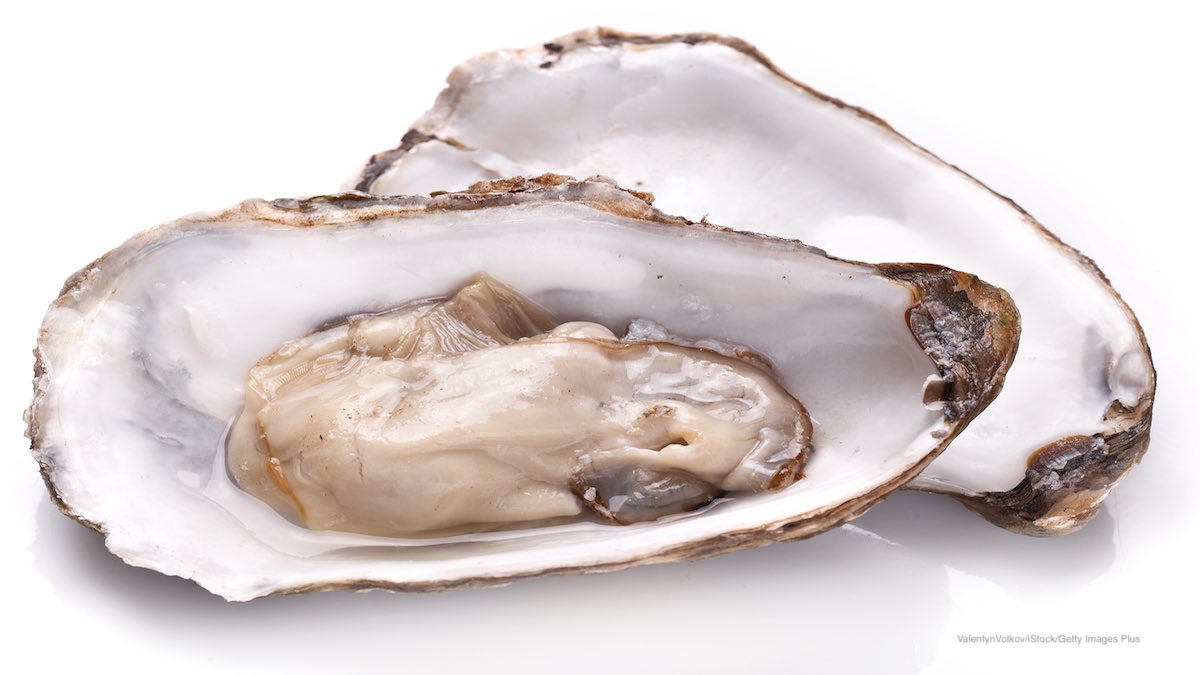Raw oysters are usually consumed in the summer months. But that particular type of seafood is linked to a disease called vibriosis that can make you very sick.
 Vibrio bacteria grow naturally in salt water. The three main strains of disease-causing vibrio bacteria are Vibrio parahaemolyticus, Vibrio vulnificus, and Vibrio alginolyticus. About 80,000 people are sickened by vibrio bacteria every year, and 100 people die.
Vibrio bacteria grow naturally in salt water. The three main strains of disease-causing vibrio bacteria are Vibrio parahaemolyticus, Vibrio vulnificus, and Vibrio alginolyticus. About 80,000 people are sickened by vibrio bacteria every year, and 100 people die.
Most of these infections occur during the summer months when the water is warmer. But global warming is increasing the growth of this pathogen and others, as the ocean waters warm. That is one reason why we are seeing vibrio outbreaks in Canadian oysters.
It’s important to know that, as with other pathogenic bacteria, vibrio does not change the taste, texture, smell, or appearance of the oyster. The only way to make sure that the oysters you eat are safe is to cook them thoroughly.
Oysters collect this pathogen because they are filter feeders. That means they draw in water and phytoplankton through their gills. Unfortunately, that also means they draw in bacteria.
To cook oysters, first sort over them. Discard any shellfish that are open, or that don’t close when you tap on the shells; those oysters are dead and contain even more bacteria and toxins. Boil the lobsters in the shell until the shells open; then boil 3 go 5 minutes longer. You can also steam them; steam until the shells open, then steam for 4 to 9 minutes longer. After cooking, discard any oysters that do not open fully.
For shucked oysters, boil for 3 minutes or until the edges curl. You can also Fry them for at least 3 minutes at 375°F, or broil them 3 inches from the heat for 3 minutes. They can also be baked at 450°F for 10 minutes.
The symptoms of vibriosis include diarrhea and vomiting. This infection can get into the bloodstream, and can kill. Anyone can get sick from vibriosis, but those who are more likely to get seriously ill include people with a liver disease, alcoholics, people with cancer, diabetes, and HIV. Anyone who takes medicine to lower stomach acids, has an iron overload disease, or has had stomach surgery are also at risk. Anyone in those groups should not eat raw or lightly cooked oysters.
Some oysters may be treated after harvest. This action can reduce some levels of vibrio bacteria in the oyster but does not kill all harmful bacteria.




